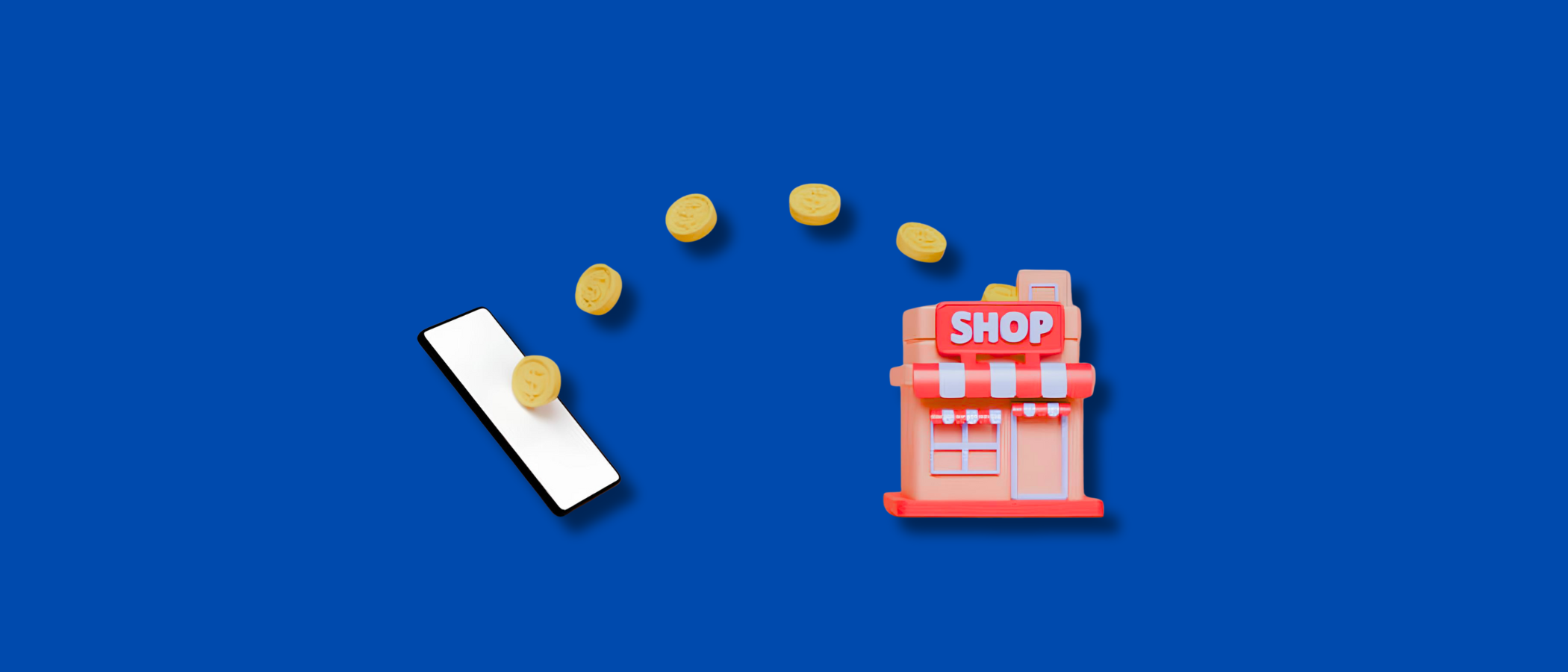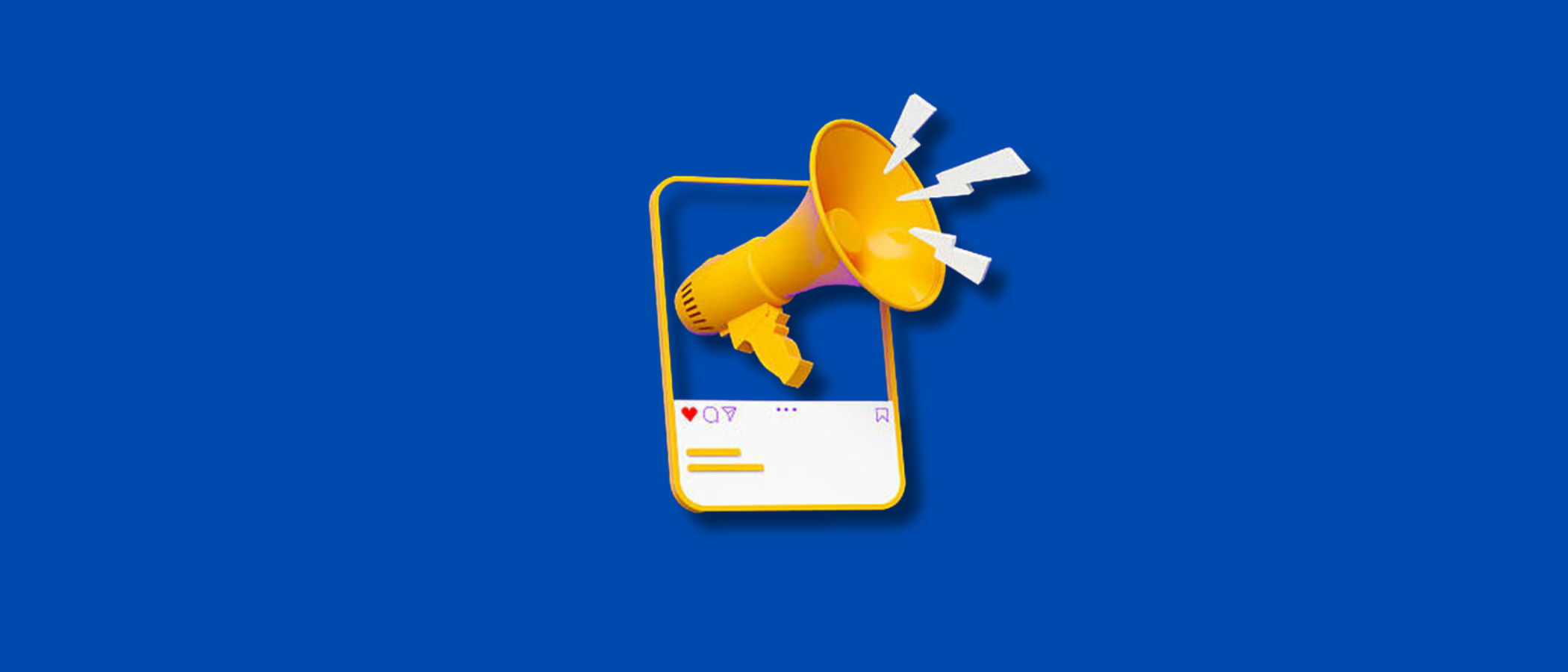Introduction
Let’s be real, language learning has come a long way from dusty textbooks and boring grammar drills.
Today, it’s all happening on our phones.
In fact, the global language learning apps market was valued at USD 6.34 billion in 2024, and it’s set to grow to a massive USD 7.36 billion by 2025.
Duolingo-like apps have turned something once seen as “homework” into a fun daily habit.
People everywhere — from busy professionals to curious travelers — are reaching for their phones to learn new languages on the go.
And apps like Duolingo? They’ve completely reshaped how we approach language education.

But Duolingo didn’t get there by accident.
Behind that cute green owl is a powerhouse of smart design, addictive gamification, and seamless user experience. It’s a masterclass in building a product that’s both fun and functional — and it’s exactly what this guide will help you tap into.
So if you’re thinking about language learning app development, you’re in the right place.
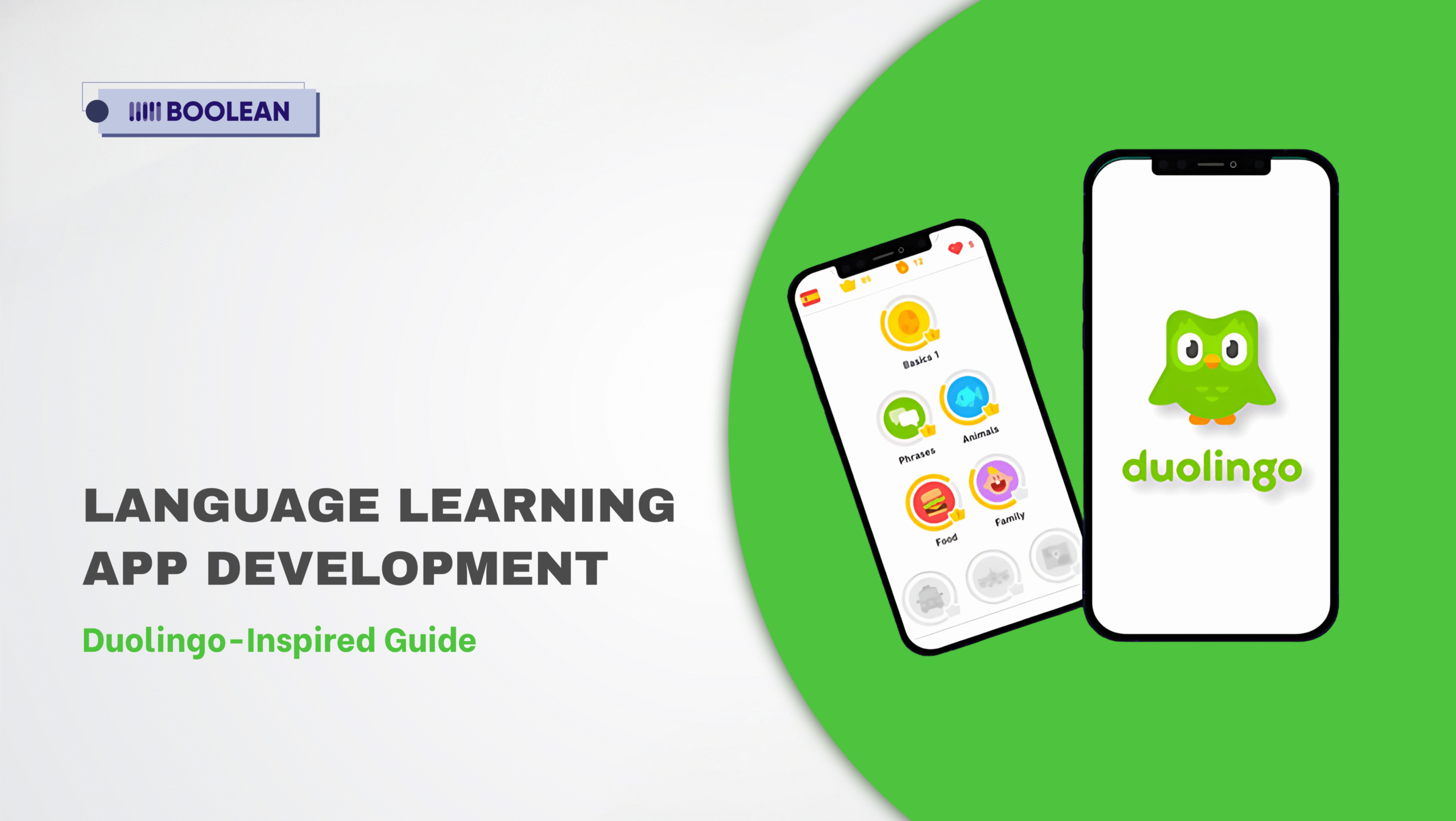
In this guide, you’ll learn:
- What makes apps like Duolingo so engaging (and sticky)
- Which features do you need (and which you don’t)
- How to design an app that users actually come back to
- And how to build a product that stands out in a booming market
Ready to build something people love to learn with?
Let’s dive in.
Understanding the Duolingo Model: Why It Dominates Language Learning App Development
Before you jump headfirst into language learning app development, it’s smart to take a closer look at the giant in the space: Duolingo.
Because love it or not, it works.
In July 2024 alone, Duolingo raked in about $33 million in in-app purchase revenue. For the full year? A jaw-dropping $748 million in total revenue.
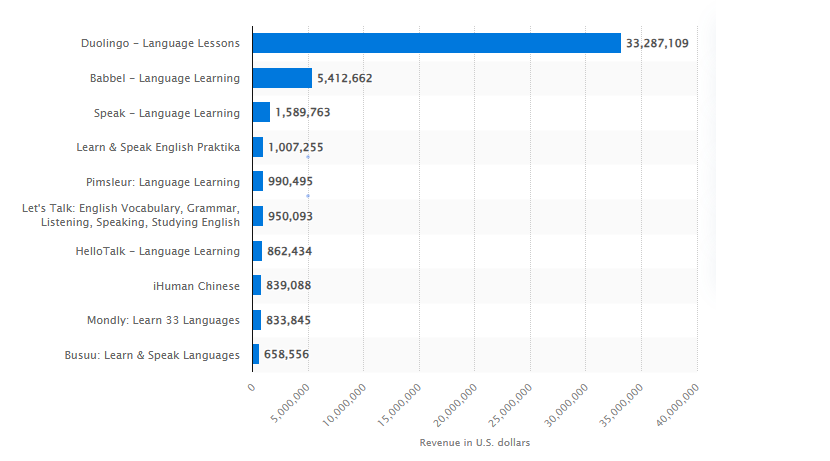
So what’s the secret behind that kind of success?
It’s not just the adorable green owl or the cute sound effects (although, yes, they help). It’s a mix of psychology, game design, and smart business decisions — all working together to keep people coming back.
Let’s break down what Duolingo does right — and what you can learn from it.
- Gamification That Feels Like Play, Not Work
- Streaks & XP: Users return daily to “keep their streak alive.”
- Leaderboards: Friendly competition fuels motivation.
- Unlockable Rewards: Badges, gems, and virtual currency make progress addictive.
- Bite-Sized, Science-Backed Learning
- 5-Minute Lessons: Perfect for busy learners (commute, coffee breaks).
- Spaced Repetition: AI reminds users when to review old material.
- Real-World Context: Teaches practical phrases, not just vocabulary lists.
- Freemium Done Right
- Free Access: 95% of users don’t pay—but ads and upgrades convert the 5% that do.
- Super Duolingo: $12.99/month removes ads + adds perks (offline mode, unlimited hearts).
- Family Plans: Encourages group subscriptions (higher lifetime value).
- AI That Adapts to You
- Personalized Lessons: Adjusts difficulty based on mistakes.
- Chatbots & Speech Recognition: Simulates real conversations.
- A/B Testing: Duolingo runs 500+ tests/year to optimize engagement.
- A Brand That Feels Like a Friend
- Playful Design: Green owl mascot (Duo) feels welcoming, not corporate.
- Push Notifications: Funny, guilt-trippy (“These Spanish lessons are getting lonely!”).
- Community: Users share progress on social media (free marketing).
Duolingo isn’t just a language app — it’s a habit-building machine.
If you’re serious about language learning app development, your goal isn’t just to deliver lessons. It’s to build something people want to use every day — something that fits into their lives, rewards their effort, and helps them grow.
And the best part?
You don’t have to copy Duolingo — you just have to understand why it works.
Your Step-by-Step Roadmap to Language Learning App Development
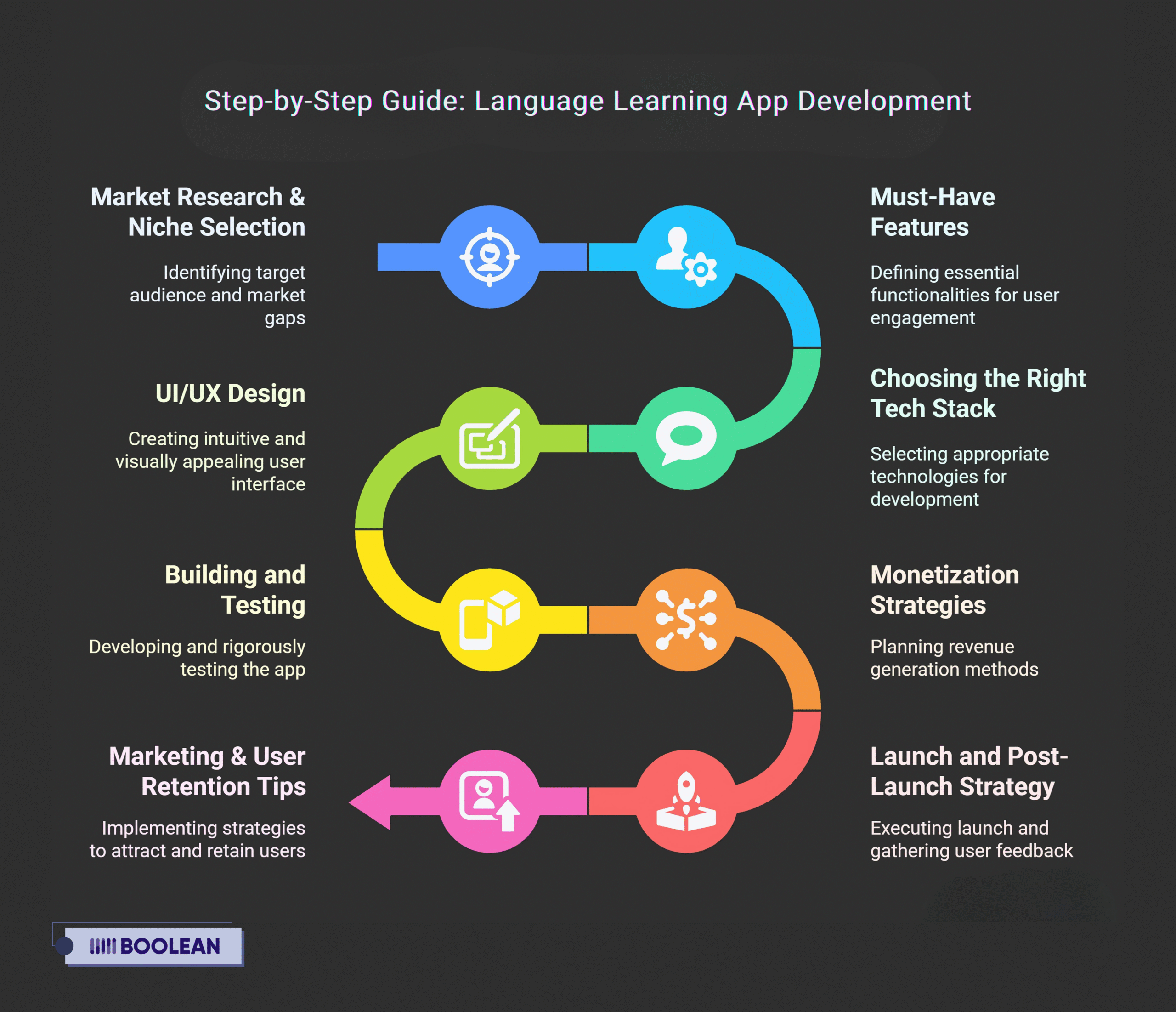
From market research to monetization, follow this step-by-step blueprint to build a language learning app that stands out, just like Duolingo did.
Step 1: Market Research & Niche Selection
Before writing a single line of code, you need to answer the million-dollar question: Who will use your app—and why?
Duolingo dominates the general language-learning space, but smart niche selection can help your app stand out. Here’s how to do it right:
- Identify Your Target Audience
Not all learners are the same! Narrow down your focus:
- Casual Learners (Duolingo’s core users – gamification works best)
- Professionals (Business English, medical Spanish – needs industry-specific vocab)
- Kids & Students (Cartoon-based lessons, parent tracking features)
- Travelers (Survival phrases, offline mode, cultural tips)
Pro Tip: Use tools like Google Trends or SEMrush to find high-demand, low-competition language niches (e.g., “Korean for K-pop fans”).
- Analyze the Competition
Study apps like Duolingo, Babbel, Memrise, and Rosetta Stone, but dig deeper:
- Gaps in the Market: What’s missing? (e.g., no quality apps for learning Arabic dialects)
- User Reviews: Check app store complaints (e.g., “Too easy,” “No advanced content”)
- Monetization Models: Are competitors ad-heavy? Subscription-only?
Data-Driven Insight:
- Babbel focuses on conversational fluency (paid model).
- Memrise uses real-native videos (great for accents).
- Tandem connects learners with native speakers (community-driven).
- Validate Demand with Real Users
Don’t guess—test demand early:
- Surveys & Polls (Use Reddit, Facebook groups, or Google Forms).
- Landing Page Test (Create a mockup and run ads to see sign-up interest).
- Pre-launch Waitlist (Offer beta access in exchange for emails).
Pro Tip: If you’re targeting language learning app development for professionals, validate with LinkedIn groups or industry forums.
- Pick a Scalable (& Profitable) Niche
Combine audience demand + monetization potential:
High Opportunity Niches in 2024:
- Test Prep Apps (TOEFL, IELTS, DELE for immigration/study abroad).
- Accent Reduction (AI-powered pronunciation coaching).
- Heritage Language Learners (e.g., Spanish for Latino kids in the US).
- Corporate Training (B2B language apps for employees).
Example: “LinguaFluent” (hypothetical app) could focus on medical professionals learning Spanish, with specialized medical terminology quizzes and HIPAA-compliant practice scenarios.
Once you’ve locked in your niche, move to Step 2: Core Features to Include (where we’ll design an MVP that users love).
Read Also: MVP in Mobile App Development: A Comprehensive Guide
Remember: The best language learning app development starts with research, not assumptions. Nail this step, and you’ll avoid building an app no one wants!
Step 2: Must-Have Features (Inspired by Duolingo)
When it comes to language learning app development, features can make or break the experience.
Too few, and your app feels bare. Too many, and users get overwhelmed.
The sweet spot? A thoughtfully designed array of mobile app features that feel entertaining, intuitive, and very simple to use, just like Duolingo!
Here’s a preview outlining what your app needs to keep users engaged, motivated, and learning consistently.
- Gamified Learning Experience
Duolingo mastered the art of turning language learning into a game. Think XP points, streaks, skill trees, and level-ups.
What to include in your app:
- Daily streaks to build the habit
- Progress tracking dashboards
- Unlockable achievements and badges
- Quick rewards for small wins
Gamification isn’t just decoration — it’s one of the most powerful tools in your arsenal.
- Bite-Sized, Interactive Lessons
Short, focused lessons help users avoid burnout and make consistent progress.
Tips:
- Keep each session under 10 minutes
- Mix reading, writing, listening, and speaking
- Offer “quick practice” modes for busy days
The more manageable the content, the more likely users will stick around.
- AI Chatbots for Real Conversations
One of the coolest evolutions in modern mobile app features is the rise of AI chatbots that simulate real conversations.
Why it matters:
AI can give learners the freedom to practice speaking in a safe, non-judgmental environment — something even Duolingo is doubling down on.
Your move:
- Integrate AI-powered speaking partners
- Offer feedback on pronunciation and grammar
- Let users “talk” their way through scenarios like ordering food, asking for directions, or making small talk
- Multiplatform Apps for Seamless Learning
Learning shouldn’t stop just because someone switched devices.
To stand out, your app needs to work seamlessly across phones, tablets, and desktops — also known as multi-platform apps.
Pro tip:
- Sync progress automatically
- Let users start a lesson on mobile and finish on the web or tablet
- Offer offline learning options for users on the go
Flexibility = retention.
- Personalized Daily Goals & Push Notifications
Help users set realistic daily goals — and then give them a gentle nudge to stay on track.
But here’s the key:
Don’t be annoying. Make notifications feel like a helpful coach, not a nagging alarm.
- Social Learning & Leaderboards
Even solo learners love a little friendly competition. Add ways to:
- Compare progress with friends
- Join leagues or monthly challenges
- Celebrate wins with others
Community turns users into fans.
- Premium Features That Feel Worth It
Whether it’s removing ads, unlocking advanced lessons, or getting access to exclusive challenges, your premium tier should feel like a real upgrade.
In short:
Don’t just slap a paywall on your content. Make the free version amazing — and the paid version irresistible.
You don’t need to reinvent the wheel — just refine it. Start with what works (like Duolingo’s winning formula), then build from there based on your unique audience and brand.
Make learning feel less like a chore and more like a daily win.
Step 3: Choosing the Right Tech Stack – Building for Performance & Scalability
Now that you’ve planned your app’s core features, it’s time to pick the software development technology stack that will bring your language learning app to life, without compromising on app scalability or user experience.
Here’s how to make smart technical decisions (and avoid common app development mistakes):
- Frontend Development: Cross-Platform vs. Native
- React Native/Flutter (Best for agile custom software development – build once, deploy on iOS & Android).
- Swift (iOS) & Kotlin (Android) (For high-performance native apps, but doubles app development cost).
Pro Tip: Duolingo uses React Native for 95% of its app, saving time and resources.
- Backend Development: Reliability & Speed
- Node.js + Express (Lightweight, ideal for real-time features like leaderboards).
- Firebase (Great for MVP – offers auth, databases, and cloud functions in one).
- Python (Django/Flask) (If you’re heavy on AI/ML for adaptive learning).
Integration: Custom software development requires balancing speed and scalability.
- Database: Structured vs. NoSQL
- PostgreSQL (For complex queries, user analytics).
- MongoDB (Flexible schema, scales well for gamification data).
Avoid This Mistake: Failing to Optimize Database Queries Early = Slow App Performance Later.
- AI & NLP Integration (Free APIs & Paid Tools)
- Google’s Speech-to-Text (For pronunciation checks).
- OpenAI Whisper (Transcription + language detection).
- Dialogflow (For chatbot conversations).
Cost-Saving Tip: Start with free APIs before investing in custom ML models.
- Cloud & DevOps: Preparing for Scale
- AWS/Azure (For global app scalability).
- Docker + Kubernetes (If you expect rapid user growth).
Critical: Implement CI/CD pipelines (Automate testing & deployment).
- Must-Have Third-Party Integrations
- Stripe/PayPal (For subscriptions).
- SendGrid/Twilio (Email/SMS notifications).
- Mixpanel/Amplitude (User behavior analytics).
Avoid These App Development Mistakes
- Ignoring App Scalability → Server crashes under load.
- Overcomplicating the MVP → Launch slow, miss market opportunities.
- Skipping Agile Custom Software Development → Rigid code, hard to update.
What’s Next?
Once your software development technology stack is set, move to:
Step 4: UI/UX Design Principles (How to make your app as intuitive as Duolingo).
Pro Tip: Use agile sprints to test features fast and refine based on feedback!
Step 4: UI/UX Design Principles
Great language learning app development isn’t just about code—it’s about intuitive UI design and seamless UX that keeps users coming back.
Here’s how to design an app as addictive as Duolingo while leveraging modern trends like AR and VR, and UI animation.
- Keep It Simple & Intuitive (UX Best Practices)
- Minimalist Navigation – Users should find lessons in 1-2 taps.
- Consistent Icons & Colors – Duolingo’s green = progress, red = errors.
- Clear Progress Indicators – Show completion bars, XP gains, and skill mastery.
Pro Tip: Use a composable architecture for reusable UI components (buttons, cards) to speed up development.
- Gamification Through UI Animation
- Micro-Interactions – Celebrate correct answers with confetti or a cheering mascot.
- Smooth Transitions – Swipe-based lessons (like flashcards) feel more engaging.
- Progress Animations – Watch a skill “level up” after completing a lesson.
Example: Duolingo’s playful UI animation (wiggling icons, XP bursts) makes learning feel like a game.
- Personalization & Adaptive UI
- Dark Mode/Light Mode – Reduce eye strain for night learners.
- Dynamic Layouts – Adjust font sizes for readability.
- AI-Driven Recommendations – Show relevant lessons on the home screen.
Edge AI can personalize UI without heavy server loads.
- Immersive Learning with AR and VR
- AR Zone for Vocabulary – Point your camera at objects to learn their names in Spanish/French.
- VR Conversation Sims – Practice ordering food in a virtual Paris café.
- Tech Stack – Apple’s ARKit, Google’s ARCore, or Unity for VR.
Future-Proof Idea: Imagine practicing Mandarin with a VR tutor in a virtual Beijing market.
- Accessibility = More Users
- Dyslexia-Friendly Fonts (e.g., OpenDyslexic).
- Text-to-Speech for All Exercises.
- Colorblind-Friendly Palettes.
Why It Matters: 15% of learners may have accessibility needs—don’t exclude them!
- Avoid These UI/UX Mistakes
- Cluttered Screens → Overwhelms beginners.
- Ignoring UI Animation → Makes the app feel static.
- No AR/VR Experimentation → Misses next-gen engagement.
When you’re building a language app, every screen, swipe, and sound teaches something, not just the language, but how to use the app.
Because in language learning app development, your design is the user experience, and that experience is what makes users stay, learn, and thrive.
Step 5: Building and Testing the MVP
When it comes to language learning app development, your first version shouldn’t be perfect — it should be purposeful.
The MVP (Minimum Viable Product) is your lean, launch-ready app that delivers core value without the extras.
- Think: clean onboarding, a few interactive lessons, progress tracking, and maybe a basic AI chatbot. That’s enough to test the waters.
- Build fast. Test with real users — not just your team. Watch where they get stuck, what they love, and what’s missing.
- Most importantly: act on that feedback. Every click and comment is data that can shape your next version.
Your MVP isn’t the final product — it’s the launchpad that gets your language learning app development journey off the ground.
Step 6: Monetization Strategies for Language Learning App Development
Building a great app is just half the battle. At some point, it’s bound to pay off.
In the language learning app development industry, the most successful apps (think Duolingo, Babbel, and Rosetta Stone) leverage multiple monetization methods, and this can help with either user base growth or revenue growth, or both.
Whether you are thinking about each decision as a freemium app, a paid app, or a combination, the idea is still to monetize while not destroying the actual learning experience.
Let’s explore the most effective options.
Monetization Models Breakdown
| Strategy | How It Works | Pros | Watch Out For |
| Freemium | Free basic version; users pay to unlock premium features | Wide reach, low entry barrier | Must offer real value in the free tier |
| Subscriptions | Monthly/annual payments for full access | Recurring revenue, stable cash flow | Users expect constant updates |
| In-App Purchases | Users buy extras (e.g., gems, streak freezes, special lessons) | Easy upsells, gamification-friendly | Can feel “pay-to-win” if overdone |
| Ads (Ad-Supported) | Free access with display/video ads | Monetize non-paying users | May disrupt learning if intrusive |
| One-Time Purchase | Users pay once to download the full app | Simple, transparent | Hard to scale revenue |
| B2B Licensing | Sell the platform or features to schools or companies | High value deals, niche expansion | Requires a B2B sales infrastructure |
| Affiliate/Edu Products | Promote books, tutors, or other learning tools and earn commissions | Low effort, passive income | Must stay relevant to the user journey |
Which Strategy Fits Your App?
If you’re just starting with language learning app development, a freemium model + optional subscriptions is often the best path. It lets you attract a large user base while giving power users a reason to pay.
As your app matures, layering in in-app purchases, B2B licensing, or affiliate content can unlock additional revenue without overwhelming your users.
Bonus Tips for Monetizing Smartly
- Test pricing early. Start with A/B testing different price points.
- Avoid paywalls too soon. Let users fall in love with your app first.
- Don’t kill the UX. Ads and pop-ups should be optional or minimally disruptive.
- Tie payments to real value. Unlock meaningful features — not fluff.
Great monetization isn’t about squeezing every dollar — it’s about creating a system where both you and the user win.
In language learning app development, when users pay, they’re not just buying content — they’re investing in themselves. Make it worth every cent.
Step 7: Launch and Post-Launch Strategy
You’ve built, tested, and monetized — now it’s time to launch. But don’t make the mistake many developers do: thinking launch day is the finish line.
In language learning app development, launch is just the beginning.
Your real growth starts the moment users download your app. So let’s walk through how to launch smart — and what to do after.
- Pre-Launch: Build the Buzz Early
You don’t need millions of followers — just the right people paying attention.
Here’s what to set up before going live:
- Landing Page: Showcase your app’s value and collect emails.
- Beta Access: Offer early access to language learners, teachers, or micro-influencers.
- Community Building: Start posting on Reddit, TikTok, X (Twitter), or niche language learning groups.
- Press Kit: Make it easy for bloggers and journalists to talk about your app.
Pro Tip: Build a waitlist to generate excitement and early installs.
- Post-Launch: Learn, Adapt, Repeat
Once your app is live, the real work begins: retaining users and evolving the product.
Here’s your checklist:
| Post-Launch Priority | What to Do |
| Track Performance | Monitor retention rates, lesson completion, and time in app |
| Collect Feedback | In-app surveys, app reviews, and community polls |
| Fix Bugs Quickly | Show users you care about their experience |
| Update Regularly | Roll out small improvements every 1–2 weeks |
| Engage Users | Use push notifications, streak rewards, and email tips |
Long-Term: Evolve with the Learner
In language learning app development, users grow, and your app should grow with them.
That means:
- Adding new content (courses, challenges, cultural lessons)
- Introducing advanced features (AR practice zones, AI chat upgrades)
- Listening constantly to what users want next
Apps like Duolingo stay relevant not just because they launched well, but because they never stop evolving.
Your launch is a moment, but your product is a relationship.
Treat every install like the start of someone’s personal learning journey. Guide them, support them, improve constantly — and your app won’t just survive, it’ll thrive.
That’s how great language learning app development becomes a lasting success.
Step 8: Marketing & User Retention Tips
Building your app was step one — now you need people to find it, love it, and keep using it. In language learning app development, that means smart marketing and even smarter retention.
Quick Marketing Wins
- ASO (App Store Optimization): Use the right keywords, visuals, and app descriptions to stand out.
- Social Proof: Highlight testimonials, user reviews, and download counts.
- Influencer Collabs: Partner with language teachers or YouTubers in the edtech space.
- Content Marketing: Start a blog or YouTube channel with tips, vocab, and learning hacks.
Retention Boosters
- Gamify Daily Use: XP, streaks, and leaderboards keep users coming back.
- Smart Notifications: Remind users to practice — without being annoying.
- Personalized Learning Paths: Use data to adjust difficulty and content.
- Celebrate Progress: Progress bars, badges, and milestone emails = motivation.
Retention > downloads. A small, loyal user base is more powerful (and profitable) than a huge one that churns.
Future Trends in Language Learning App Development
The language learning app space is evolving fast. Here’s what will shape the industry in the coming years:
1. AI Tutors That Feel Human
- ChatGPT-style conversational practice
- Real-time accent correction with generative AI
2. Immersive Learning (AR/VR)
- Practice Spanish in a virtual mercado
- AR flashcards that overlay vocabulary on real-world objects
3. Hyper-Personalization
- Algorithms adapting to your learning trauma points
- Custom courses based on your goals (travel, business, romance)
4. Social Learning 2.0
- Live group classes with avatars
- AI matchmaking for perfect language partners
5. Voice-First Interfaces
- Truly hands-free learning via smart speakers
- Voice-controlled lesson navigation
6. Neuroscience-Backed Methods
- Sleep-assisted learning integration
- Emotional engagement tracking (via camera/camera)
The next Duolingo won’t just teach languages—it will disappear into immersive, AI-powered experiences that make learning effortless.
Partner with Boolean Inc. for Your Language Learning App Development
Building a successful language learning app like Duolingo requires expertise in gamification, AI, and scalable mobile development—that’s where Boolean Inc. comes in.
Why Choose Boolean Inc.?
- Proven EdTech Experience – We’ve built adaptive learning platforms used by 1M+ students
- AI Specialization – From speech recognition to personalized lesson engines
- Scalable Architecture – Cloud-native apps that grow with your user base
- Duolingo-Inspired Design – Psychologically engaging UI/UX that drives retention
Our Language App Development Services:
- Gamification Systems (XP, leaderboards, streak mechanics)
- Voice & Chat AI (Pronunciation grading, conversational bots)
- Cross-Platform Development (Flutter/React Native for iOS+Android)
- Monetization Integration (Subscriptions, ads, in-app purchases)
From Concept to 1M Downloads:
- Free Technical Consultation – Audit your roadmap
- 90-Day MVP Development – Launch fast, iterate faster
- Growth Partnership – Ongoing optimization & scaling
Get Started Today
📞 +1 513-440-3385 📧 hello@booleaninc.com 🌐 www.booleaninc.com/
Conclusion
Developing a language learning app inspired by giants like Duolingo isn’t just about building software — it’s about creating a tool that truly empowers learners worldwide.
From understanding the Duolingo model and picking must-have features, to smart MVP building, monetization, and launch strategies — every step matters in language learning app development.
Remember:
- Focus on delivering real value early with your MVP.
- Design with your users in mind, blending great UI/UX with cutting-edge tech.
- Monetize thoughtfully, balancing revenue with user experience.
- Launch strategically, then keep evolving based on feedback and data.
- Partner wisely to expand your reach and capabilities.
With a good roadmap and partners like Boolean Inc., you are poised to develop an app that learners appreciate and rely on.
Ready to start building? The world’s next favorite language app could be yours.
FAQs
- How long does it usually take to build a language learning app?
It depends on what you want, but generally, a simple version can be ready in about 3 to 6 months. More features and polish mean more time, but starting lean is key!
- What features should my language learning app have?
Think interactive lessons, tracking progress, fun game-like elements, smart AI chatbots, and the ability to use it across phones and tablets — these are essentials.
- What’s the best way to make money from my app?
There’s no one-size-fits-all, but most apps succeed with a mix of free access plus paid upgrades, subscriptions, or even some ads — all without annoying users.
- Why is keeping users coming back so important?
Getting downloads is just step one. The real magic is when people keep learning every day — that’s what makes your app truly valuable and sustainable.
- How can partnering with others help my app?
Teaming up with experts, tech pros, or influencers can speed things up, add credibility, and get your app in front of the right people faster.



